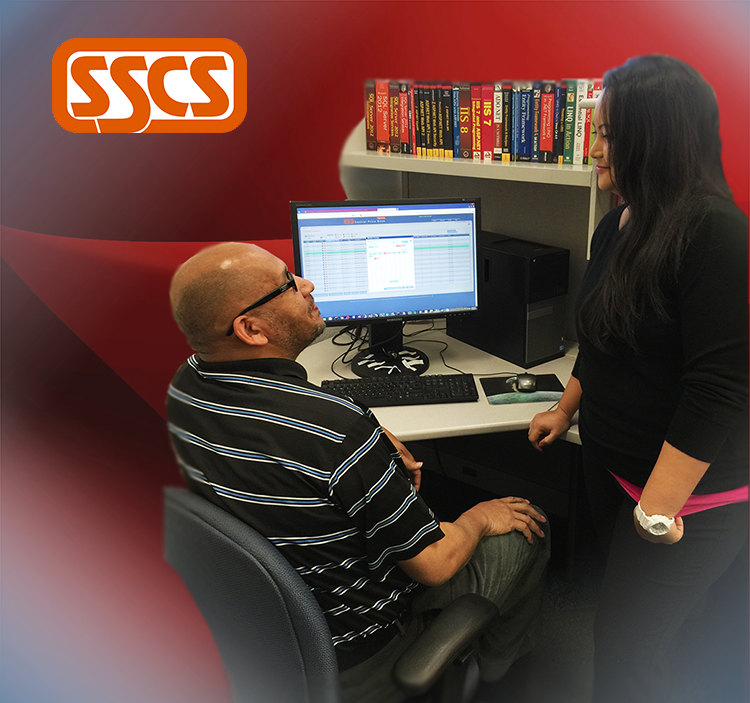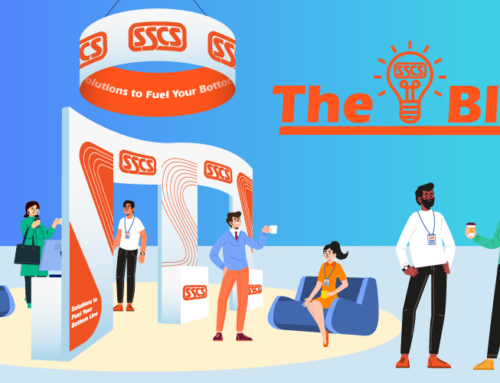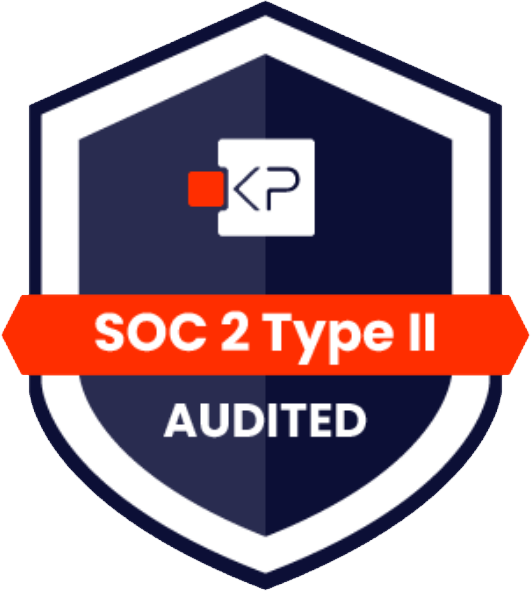SSCS Quality Assurance: Business Analysis on Behalf of the Customer
If you think that quality assurance is just reading scripts and pushing buttons, think again.
Software quality assurance (QA) is an ongoing process for testing software to ensure it meets desired quality standards.
People often mistake this process for being simple, little more than reading from a script that tells the tester what buttons to push to see if the software functions like it’s supposed to.
Worlds away from that meager expectation is the role of QA at SSCS, which is an aspect of our company that is unique and positions us to make sure our software meets the needs of our customers. In fact, QA is probably the most multi-faceted department in the building. In a given day the department will test developing releases for bugs, talk to customers and evaluate their needs, handle high level technical support calls, make UI design suggestions to the software engineering staff, and edit technical documentation for accuracy.
And that only tells a fraction of the story. QA’s mindset and approach to these tasks is what really makes the department distinctive.
It starts with experience. It’s the foundation on which our expertise is built. The average tenure of SSCS QA staff is over ten years, giving them a deep understanding not only of our product set, but of the mindset of our customers and solutions. Many QAers have worked on the front lines of technical support, which gives them an intimate understanding of the SSCS user, typical and anomalous.
This guarantees QA’s approach to analysis and critiquing of new products and enhancements is anything but superficial. Sure features have to work as designed, but there’s more to it than that. Each component has to be evaluated within a well-rounded context, not only of how the user is going to use and react to it, but how that feature is going to integrate and align with related ones. It’s a multi-dimensional context, as well: many contingencies can play out during use and must be considered.
“There’s a lot of anticipation involved,” says one seasoned QA staffer, ”and to be consistently successful at it requires a lot of real world experience, the kind you get outside of the QA lab. We know what the user goes through; when we lift up the hood of the software to diagnose it, we’re going to understand what we see.”
Our users also benefit from the fact that QA staff is given considerable latitude in how they approach their job. They can converse with the customer to clarify their requirements. They can interface with the development department to make usability and other suggestions based on those requirements. In that way, they function as much as business analysts and customer advocates as quality assurance specialists.
“We’re really collaborators, which creates the potential for greater job fulfillment than might be the case in other companies,” says another QA professional. “When you play a role in ensuring a software enhancement saved the customer money and helped their business, it’s a pretty good feeling.”







Leave A Comment